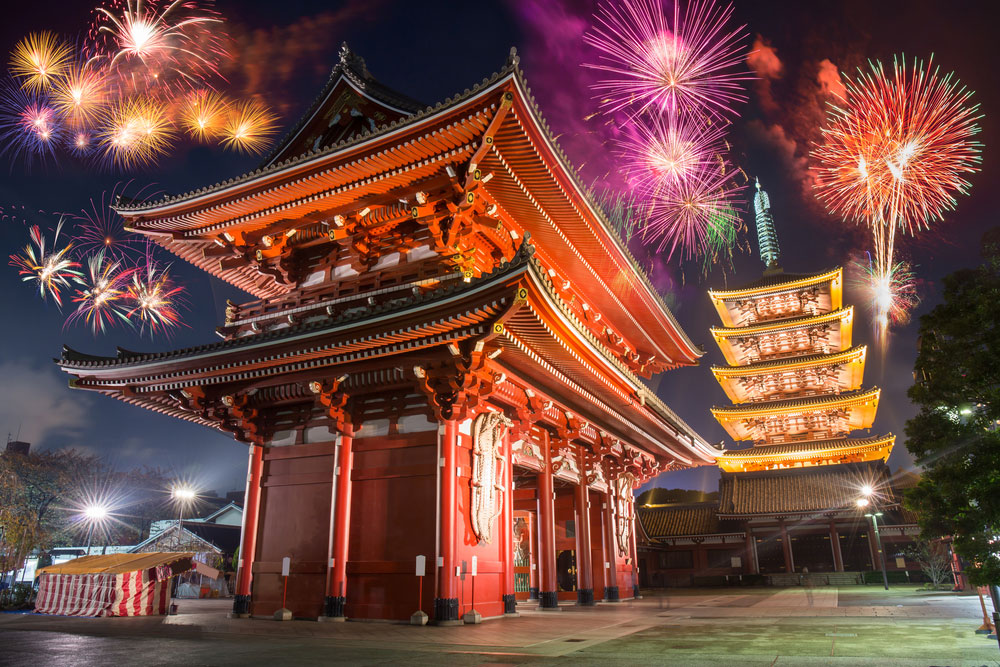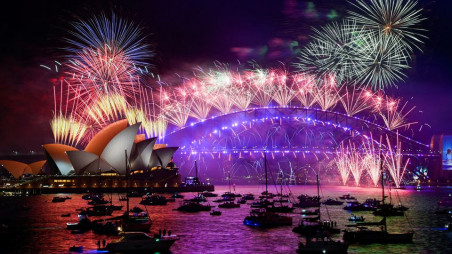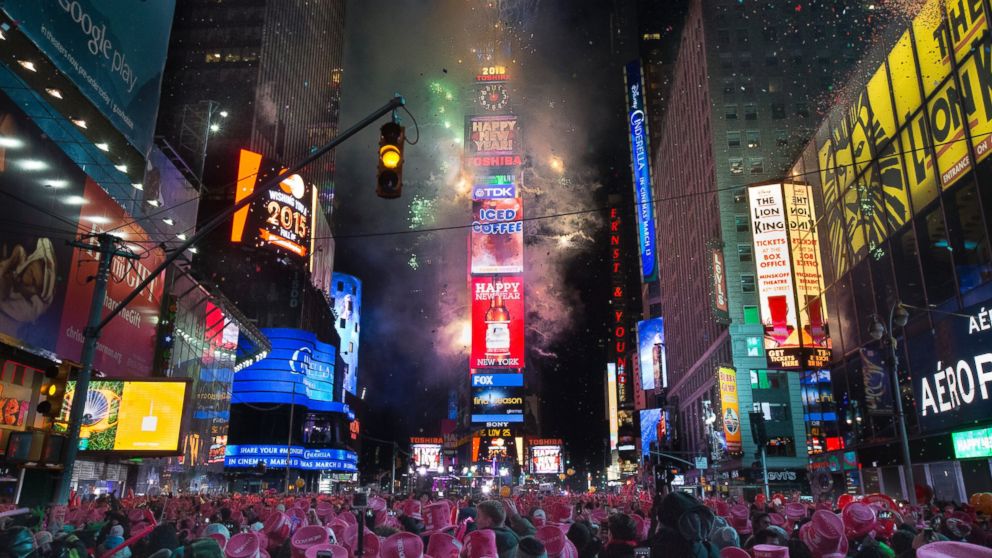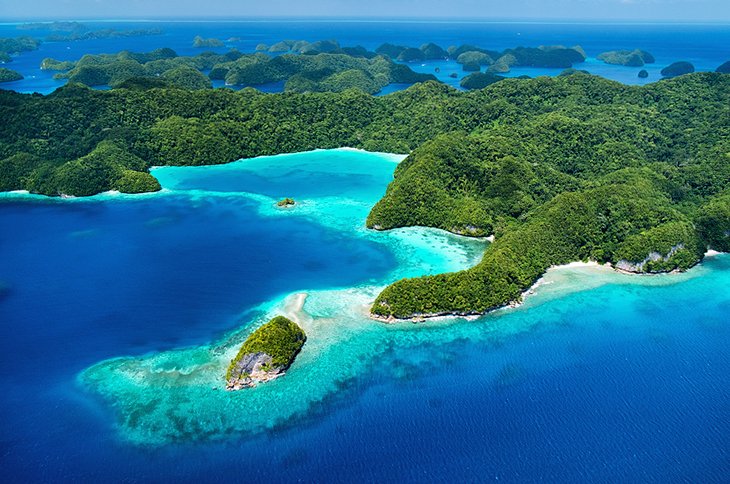New Year 2024

New Year’s Eve is a special time celebrated around the world, bringing joy and excitement. People look forward to the new beginning, leaving behind the old and embracing fresh opportunities. Let’s explore how different parts of the world celebrate this joyous occasion and why it brings so much happiness.
Asia: A Fusion of Tradition and Modernity

In Tokyo, the heart of Japan, New Year’s Eve, known as “Omisoka,” is deeply rooted in traditional customs. Families come together to enjoy a festive meal called “Toshikoshi Soba,” symbolizing longevity. As the clock strikes midnight, bells toll at Buddhist temples, marking the end of the old year and the beginning of the new.
On the other hand, Hong Kong boasts a spectacular fireworks display over Victoria Harbour. The cityscape transforms into a canvas of vibrant colors, and dragon dances add a touch of traditional flair to the modern celebration. This juxtaposition reflects Hong Kong’s harmonious blend of tradition and modernity.
Europe: A Symphony of Cultures and Countdowns

In Europe, the celebration of New Year’s Eve is a diverse symphony, with each country contributing its unique notes. In Scotland, the Hogmanay Festival is a grand affair, where the streets of Edinburgh come alive with torchlight processions and traditional Ceilidh dancing. The Scots believe in “First-Footing,” where the first guest to enter a home after midnight brings good luck for the upcoming year.
Meanwhile, in Spain, the vibrant tradition of “Nochevieja” sees revelers consuming twelve grapes at the stroke of midnight, symbolizing good luck for each month of the new year. The lively atmosphere in Puerta del Sol Square, Madrid, is infectious, as the crowd counts down to the new beginning with each grape.
Africa: Rhythmic Beats and Cultural Rejoicing

In Africa, New Year’s Eve is often celebrated with a blend of traditional rituals and modern festivities. In Cape Town, South Africa, the “Mother City” hosts a massive street party with live music, reflecting the country’s rich cultural diversity. The iconic Table Mountain serves as a breathtaking backdrop to the festivities.
In Nigeria, the city of Lagos comes alive with fireworks and lively street parties, where people from various ethnic backgrounds unite to celebrate the turning of the calendar. Traditional drumming and dance performances add a unique African flavor to the global celebration.
The Americas: From Times Square to the Copacabana Beach

In North America, New York City’s Times Square stands as an iconic symbol of the global countdown. The dazzling Waterford Crystal Ball drops amidst a sea of confetti as millions gather to witness this colossal spectacle. The event not only marks the end of one year but also serves as a symbol of hope and resilience.
In South America, Rio de Janeiro’s Copacabana Beach hosts one of the world’s largest New Year’s Eve celebrations. Known as “Réveillon,” the event combines traditional Brazilian customs with a grand fireworks display. Locals and visitors dress in white attire, symbolizing peace and renewal, and offer flowers to Yemanjá, the goddess of the sea.
Oceania: Islands of Paradise Welcoming the New Dawn

As the world turns, New Year’s Eve arrives last in Oceania. The Pacific Islands, such as Samoa and Kiribati, are among the first to welcome the new year. In Samoa, the celebration is marked by the joyful beating of drums, traditional dancing, and communal feasts. As the clock moves westward, New Zealand embraces the new year with the spectacular fireworks display at Auckland’s Sky Tower.
Conclusion
In the global mosaic of New Year’s Eve celebrations, the diversity of traditions, customs, and excitement is inspiring. From the ancient traditions of Asia to the modern spectacles of Europe and the rhythmic beats of Africa, each celebration is a testament to the unique cultural identities that make our world so wonderfully diverse. As we say bye bye to the old and welcome the new, these celebrations serve as a reminder that, despite our differences, the spirit of hope, joy, and renewal unites us all.